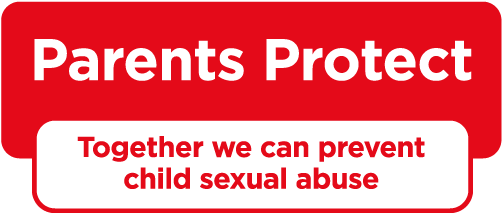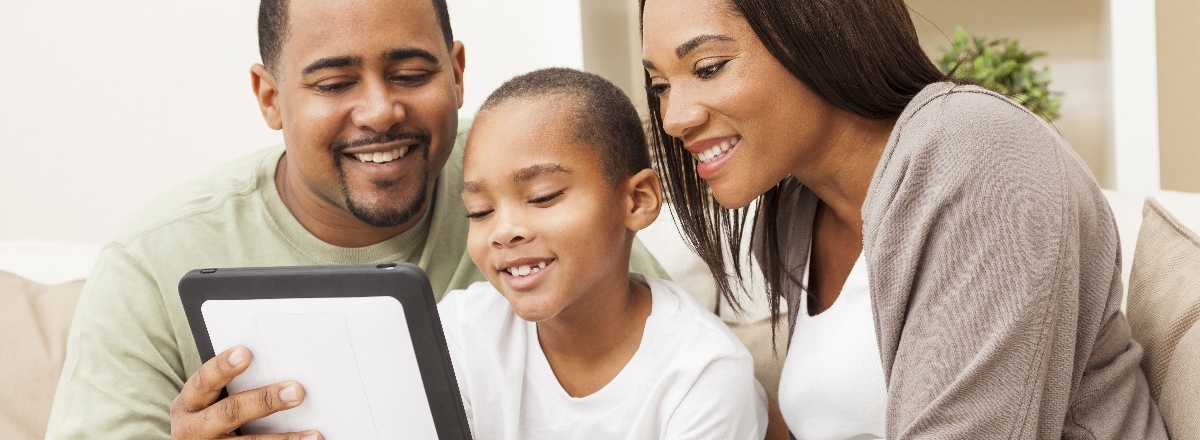UNDERSTANDING CHILD SEXUAL ABUSE
These videos are the first and second part of our child sexual abuse learning programme which aims to educate parents, carers and professionals on the potential risks posed by people who have abused children, how to prevent abuse and what to do if a child tells of abuse.
The below videos cover what child sexual abuse means and the different forms of abuse that can take place.
Child sexual abuse is a difficult subject to think and talk about, but by learning and understanding more, we can better protect our children.
In one major UK study, one in six young adults said they’d been sexually abused before the age of 16. It’s no exaggeration to describe this as an epidemic, which causes serious harm to hundreds of thousands of children in the UK each and every year. These children are from all sectors of society, from all cultures, from all ethnic groups.
In fact, it’s very likely that someone you know was sexually abused, is now being sexually abused, or has sexually abused a child.
That's why we need to address the issue now.
These short films will help you understand more about child sexual abuse, how you can keep children safe, and what you can do if you suspect abuse is taking place. We shouldn’t leave it to children to take care of themselves – they are instantly safer if protective adults understand the risks and warning signs, and take practical steps to protect them from harm.
People don’t always realise that there are different forms of child sexual abuse.
It isn’t just about an adult having sex with a child or touching a child in a sexual way, although it often does involve touching a child’s private parts or making them touch someone else’s.
It can also include other activities, such as showing a child pornography or forcing a child to watch a sexual act.
Child sexual abuse also happens online, for example making and sharing sexual images of under 18s (sometimes called child pornography), and having sexual conversations with under 16s, commonly called grooming.
While most of this abuse is committed by adults, as much as one third is committed by people under 18.
When it comes to children and young people, there’s a real difference between normal sexual exploration and abusive behaviour. As parents or carers, we need to know what this difference is, and where we can go for advice if we have concerns or questions.
WANT TO KNOW MORE?
If you want to know more how to prevent child sexual abuse, you can watch the rest of our short films.
If you're worried about how an adult or young person you know behaves around children, you can get confidential support from the Stop It Now! helpline: 0808 1000 900. If you’re not ready to speak to someone yet, you can use our live chat or send a secure message.
Create a Family Safety
Plan
A family safety plan can help to protect children by creating a safer environment where they can discuss worries, set boundaries and get help.
Learn More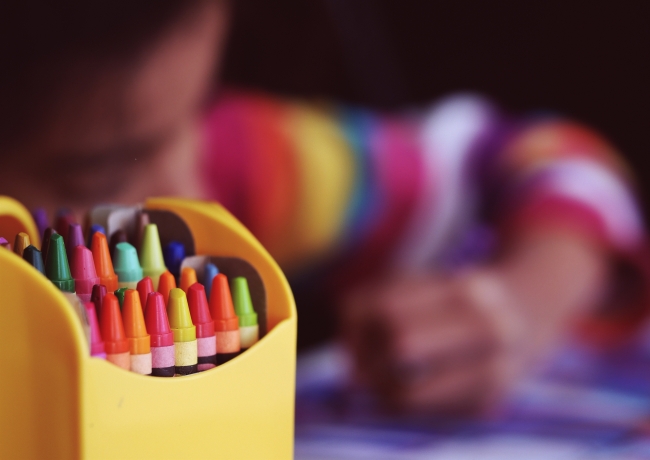
What is child sexual exploitation?
Child sexual exploitation takes place typically during adolescence, when children are developing both sexually and emotionally. It's important to understand how to protect children during this vulnerable time.
Learn More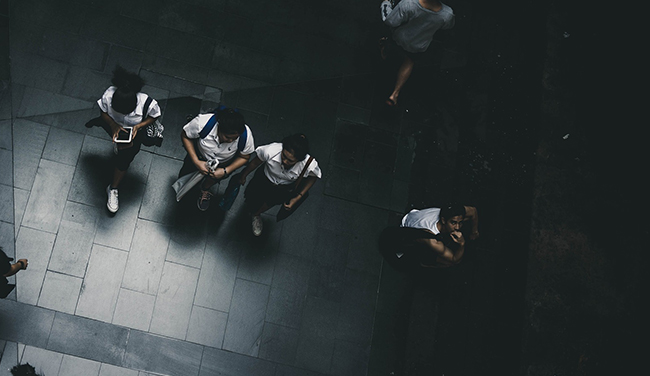
Harmful sexual behaviour among young people
One third of child sexual abuse is committed by under 18s. Learn more about to prevent it and how to spot the signs.
Learn More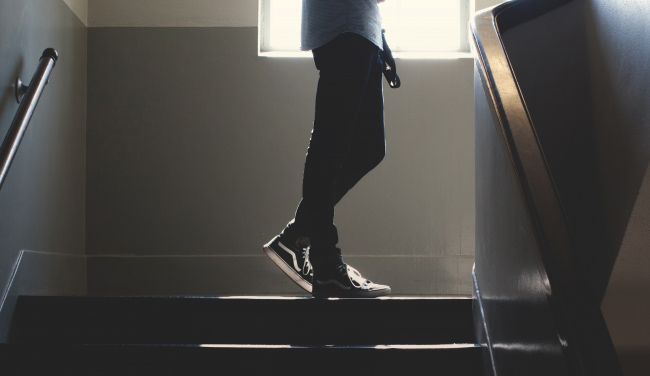
What to do if a child tells about abuse
It can be very difficult to know how to respond if a child tells you about abuse - we can help you to respond in a sensitive and appropriate way.
Learn More